
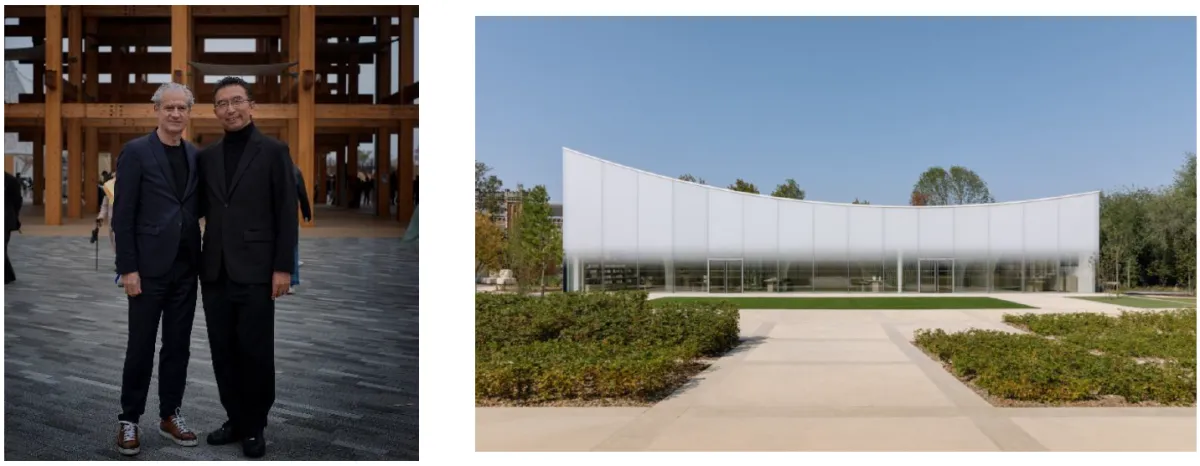
Celebrating Innovative Design and Sustainability with Ruinart at the Osaka Expo
The world's oldest champagne house, Ruinart, which stands as a symbol of creativity and innovation, is set to unveil its new pavilion at 4 Rue des Crayères in Reims in the fall of 2024. Designed by renowned architect Sou Fujimoto, this pavilion will celebrate the opening of the Osaka-Kansai Expo in 2025. With a shared vision of promoting a sustainable future through diversity, Ruinart’s president, Frédéric Dufour, visited Japan to honor this significant occasion alongside Fujimoto, who serves as the designer of the expo's distinguished 'Large Roof Ring'.
“I wanted to create a unique space that connects people from various cultural backgrounds within the 158 countries participating in the Osaka-Kansai Expo, allowing us to reflect on humanity's and the world's future. I envisioned a modern wooden structure, constructed with Japan's extraordinary tradition of wooden architecture, which has flourished for over a thousand years, combining this with cutting-edge technology and rich forest resources,” explained architect Sou Fujimoto.
The ‘Large Roof Ring’ will be the world's largest wooden structure, with a complete circumference of approximately 2,025 meters and a floor area of 61,035.55 square meters. Constructed using traditional Japanese joinery along with contemporary construction methods, this architectural marvel offers both a seamless transport space around the expo venue and a protected area for guests to relax while shielding them from inclement weather. Not only can visitors enjoy panoramic views of the entire expo from the rooftop, but they can also gaze out at the stunning scenery of the Seto Inland Sea, basking in hues of the sunset, as well as the urban landscape of Osaka.
Simultaneously, Ruinart, established approximately 300 years ago in Reims, has consistently been the epitome of creativity, craftsmanship, and cultural richness. In 2024, the opening of the new pavilion '4 Rue des Crayères' will stand as a testament to the house’s evolution, welcoming everyone with a design forged by the collaborative talents of Sou Fujimoto, interior designer Gwenael Nicolas, and landscape artist Christophe Gautrand.
“As the oldest Champagne house, we always look ahead to the future. '4 Rue des Crayères' embodies the spirit of Ruinart, fusing nature, culture, heritage, and savoir-faire into a harmonious space that coexists with tradition and modernity. We have made conscious efforts towards sustainability, incorporating solar energy, geothermal systems, and a water conservation system utilizing rainwater, all while ensuring that we use materials that are as natural as possible,” stated Frédéric Dufour, president of Maison Ruinart.
The pavilion is part of a project where the essence of harmony between the old and new, as well as Eastern and Western philosophies, were essential considerations. Over approximately three years of collaboration with Maison Ruinart, I was constantly reminded of the brand’s commitment to tradition while also embracing innovation. The human-centered approach, with deep respect for all involved, truly inspired me,” Sou Fujimoto added.
Reflecting on Ruinart's grounded history in the land of Reims, the house’s vineyards, hills, and cellars were listed as UNESCO World Heritage sites in 2015. Initially acquired by the Ruinart family in the 19th century, the estate has striking characteristics, such as underground galleries carved from chalk over three layers, which were historically employed for quarrying the chalk used in constructing surrounding city walls in the 13th century. The new pavilion, '4 Rue des Crayères', will encapsulate Reims' unique features, including the millennia-old chalk cellars and designated forests. With a wooden roof that champions the house's commitment to sustainability, the pavilion's walls and structure utilize natural and bio-based materials selected from local sources. Employing rainwater utilization, green roofs, and advanced insulation materials while exceeding France's HQE (High Quality Environmental) standards, the project is designed to be self-sustaining for 80% of its energy needs through geothermal energy and solar panels. Local artisans played significant roles in the opening of the new pavilion, showcasing their craft through various phases, with artisans such as skilled stonemason Léon Noël, distinguished with the title 'Entreprise du Patrimoine Vivant' (Living Heritage Company), making valuable contributions throughout the process.
The new pavilion straddles 7,000 square meters, which includes a 5,000-square-meter protected forest, designed in harmony with the natural landscape by landscape artist Christophe Gautrand. He sought to create a dialogue between the 19th-century façade and the contemporary pavilion, integrating both the chalky underground world and the gleaming limestone walls. The garden area surrounding the historical building is designed as a vast living room where people can congregate, featuring hedge designs that echo the gentle slopes of Champagne’s terrain. The plantings will change colors with the seasons, encapsulating the historical site's classical symmetry while layering the seasonal cycles. Amidst this magnificent environment, specially designed contemporary art pieces will be installed, utilizing a variety of native species such as majestic beech, young common hornbeam, maple, and pine, allowing for a rich plant life. Trees of various ages and sizes will adapt their form according to their growth, creating an interdependent ecosystem that can adjust to climate change. For the first time in the Champagne region, cork oak trees have been planted on the terrace, contributing to projects seeking biodiversity metrics as part of the 'BiodiverCity® Life' certification program aiming to restore environmental balance.
Throughout its history, Ruinart has fostered a unique relationship with the art world, deeply believing in art's transformative power for connection and self-discovery. The bond was established in 1896 when the then-lord André Ruinart commissioned the Czech artist Alphonse Mucha to create the first-ever Champagne brand poster. Since then, Ruinart’s contributions to the art world continue to be expressed through various collaborations and projects. Various works by international artists who share environmental values are scattered throughout the site, illustrating Ruinart’s vision towards art. Paths, courtyards, and gardens feature works commissioned by Ruinart that showcase the brand’s values and artistic visions, employing materials that reflect the diversity of the Champagne region's biodiversity, climate, and soil conditions.
About the Key Contributors
Sou Fujimoto is one of Japan's leading architects, born in 1971 in Hokkaido. After graduating from the University of Tokyo’s Faculty of Engineering, he established Sou Fujimoto Architects in 2000 and opened an office in Paris in 2016. His firm, staffing over 50 nationalities, specializes in architecture, urban planning, and innovation. Fujimoto has won many prestigious international awards through numerous competition victories, embodying the house's architectural vision and commitment to sustainable development.
Gwenael Nicolas established the multi-disciplinary studio CURIOSITY INC. in Tokyo in 1998. Embracing the idea of traveling through time rather than space, Nicolas focuses on offering thoughtful, functional, and creative solutions for diverse corporate clients, developing new materials, languages, and intricate designs for luxury brand interiors.
Christophe Gautrand, a qualified landscape architect since 2007, graduated from the École Nationale Supérieure de la Nature et du Paysage in Blois, France, and founded his firm in 2012. He aims to create dialogue between the plant world and the realms of art, design, and architecture. His extensive projects have made significant impacts across courtyards, gardens, hotel suites, terraces, office patios, and events.
About Ruinart: Founded in 1729 by textile merchant Nicolas Ruinart, Ruinart was officially registered as the very first Champagne house, proudly known as the
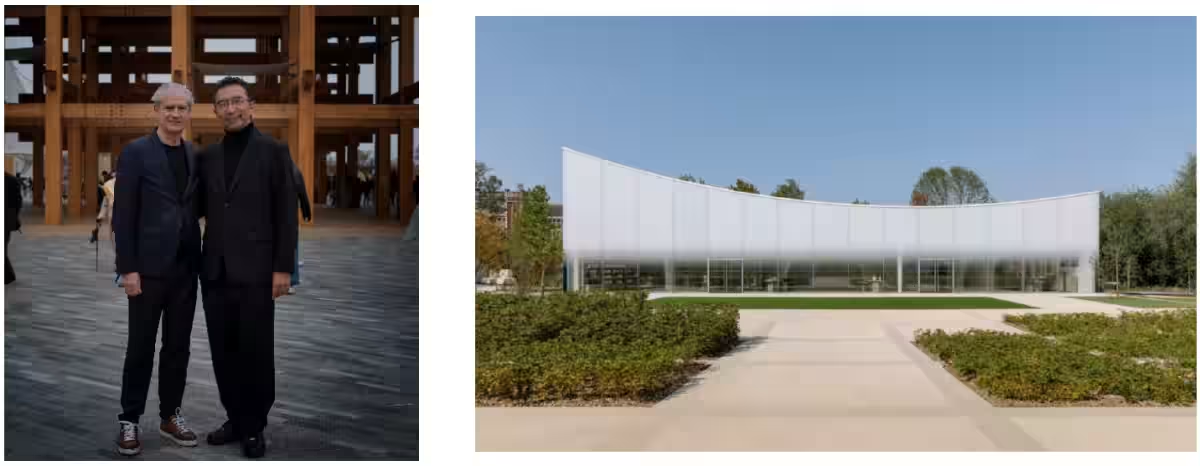
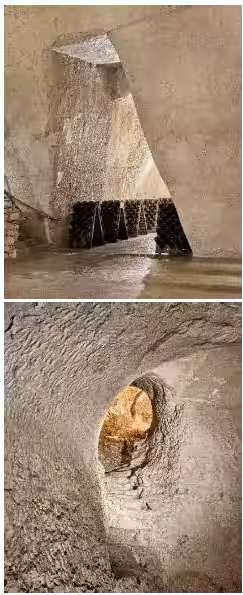


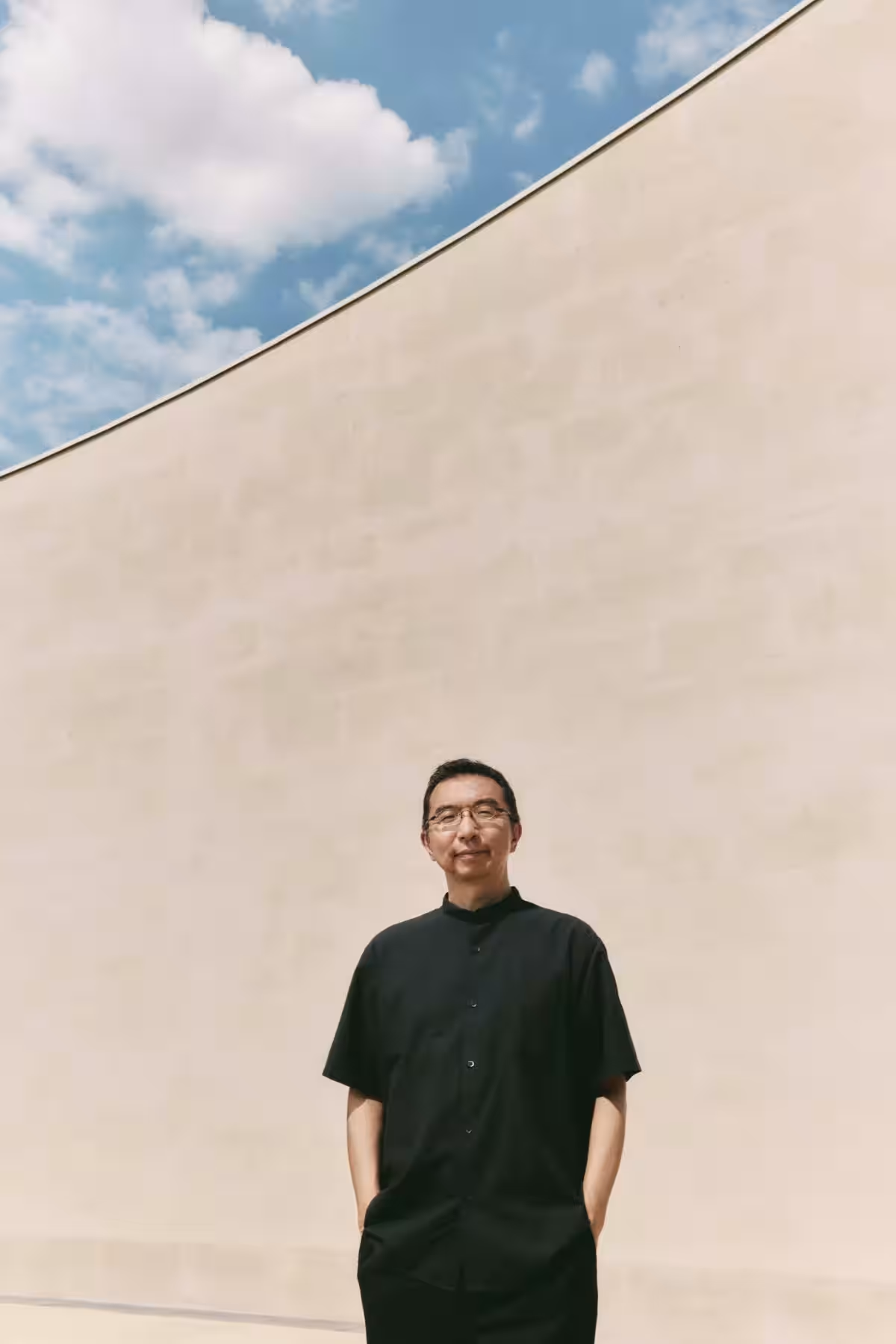




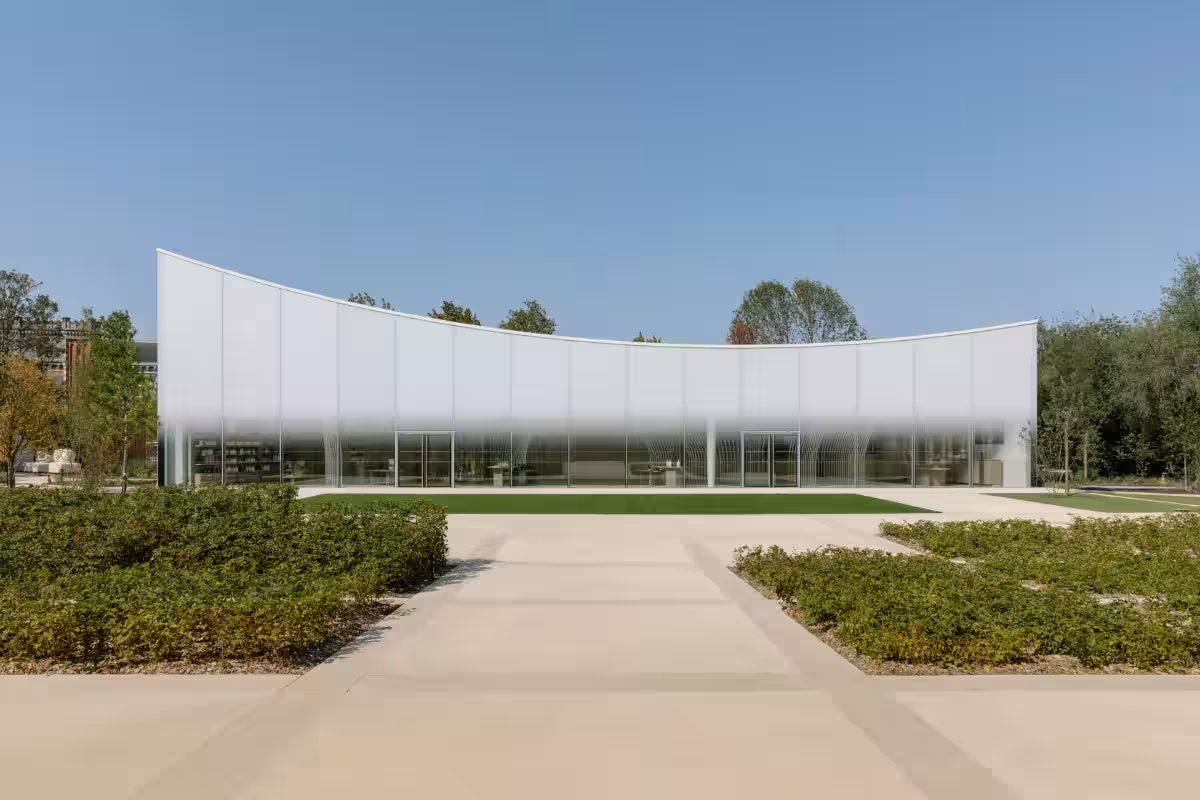
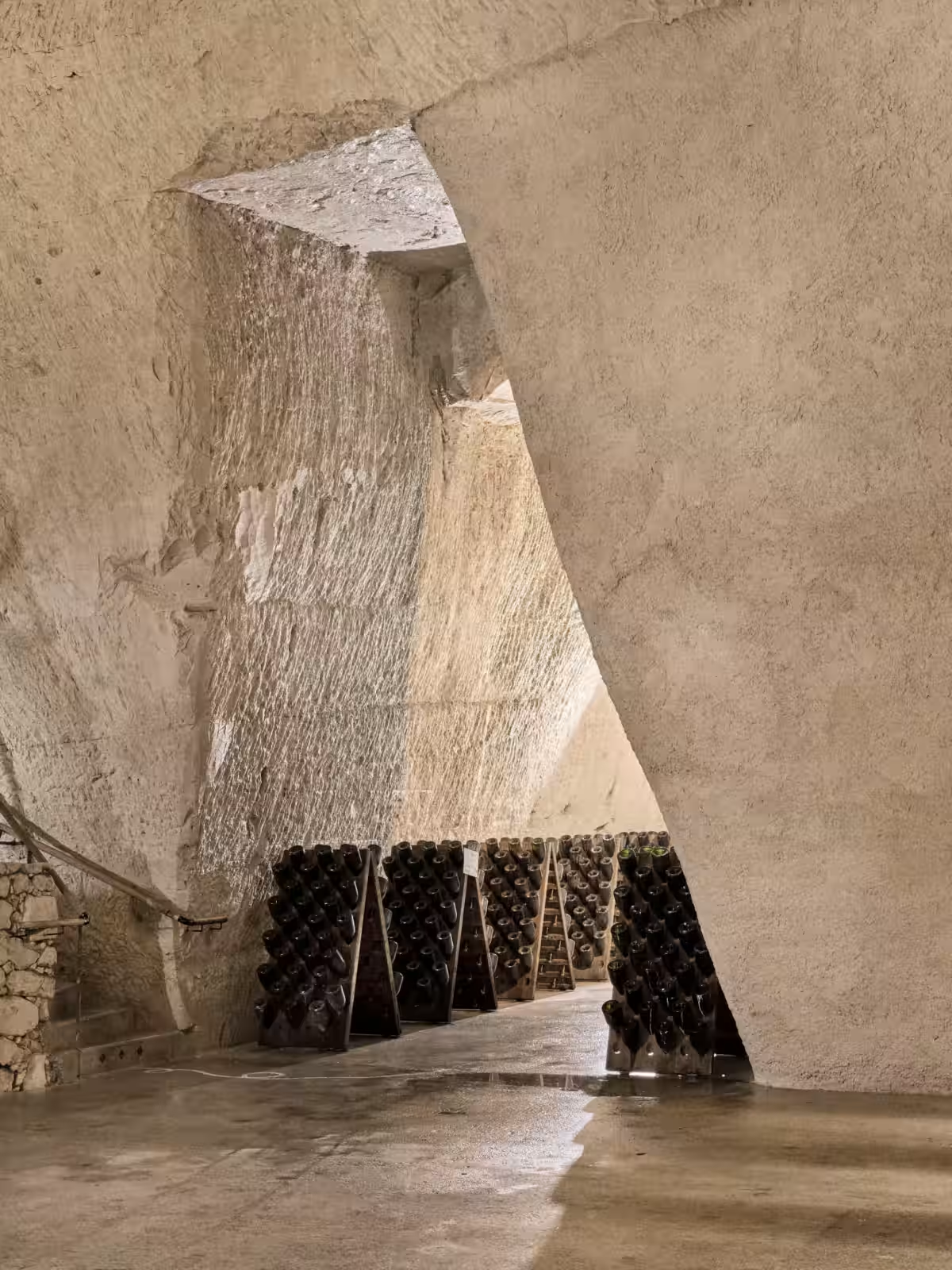
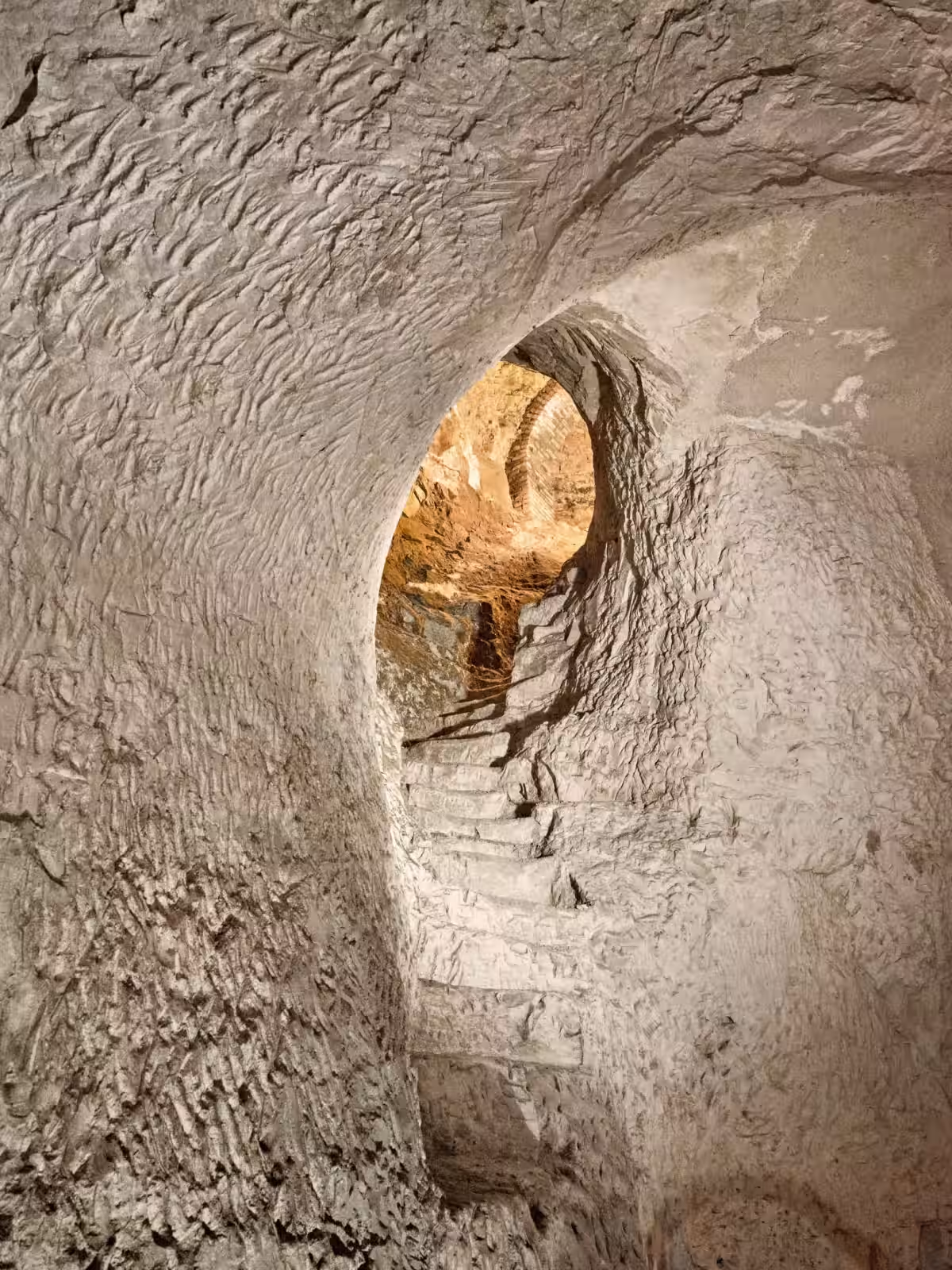
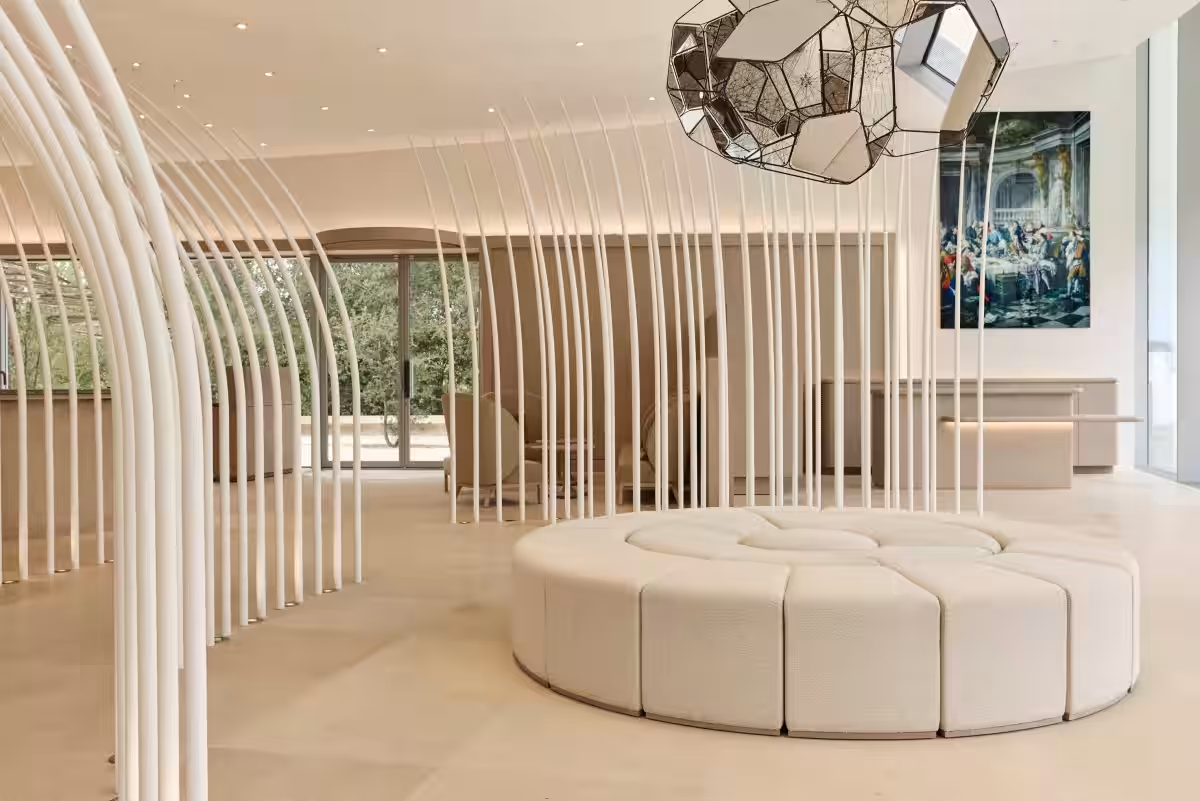
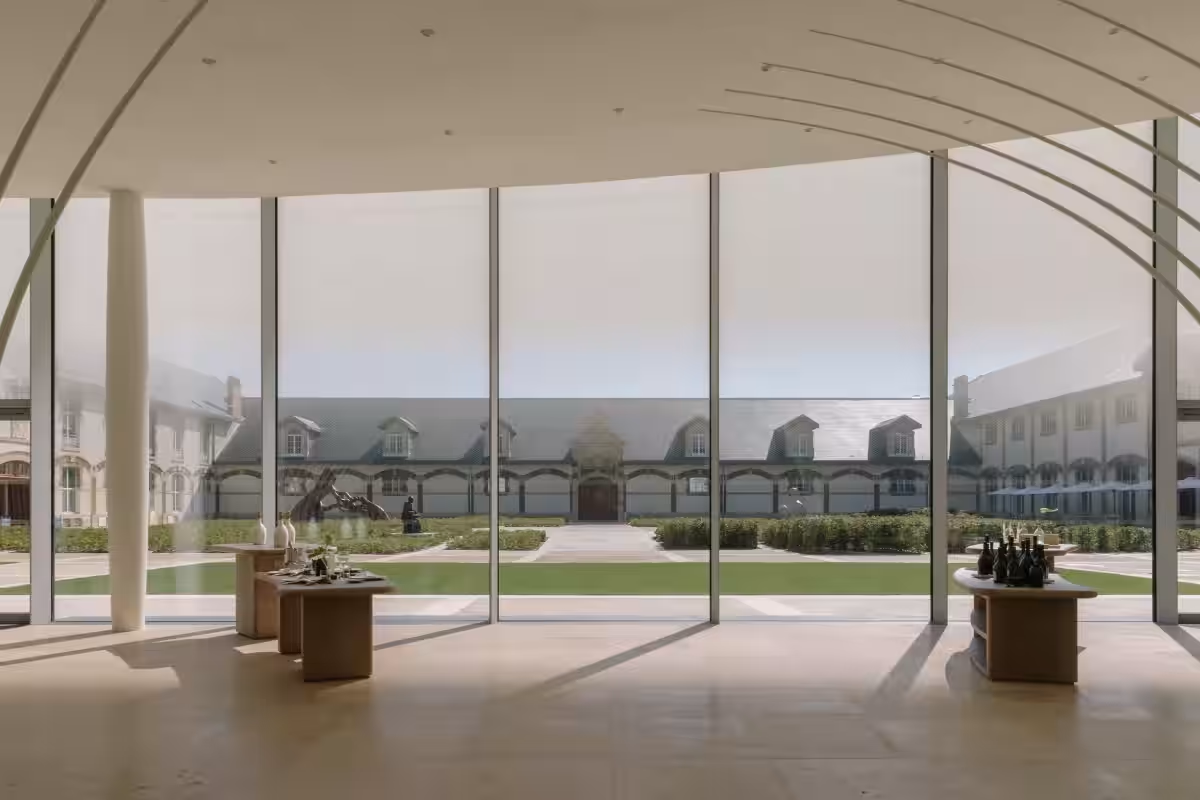


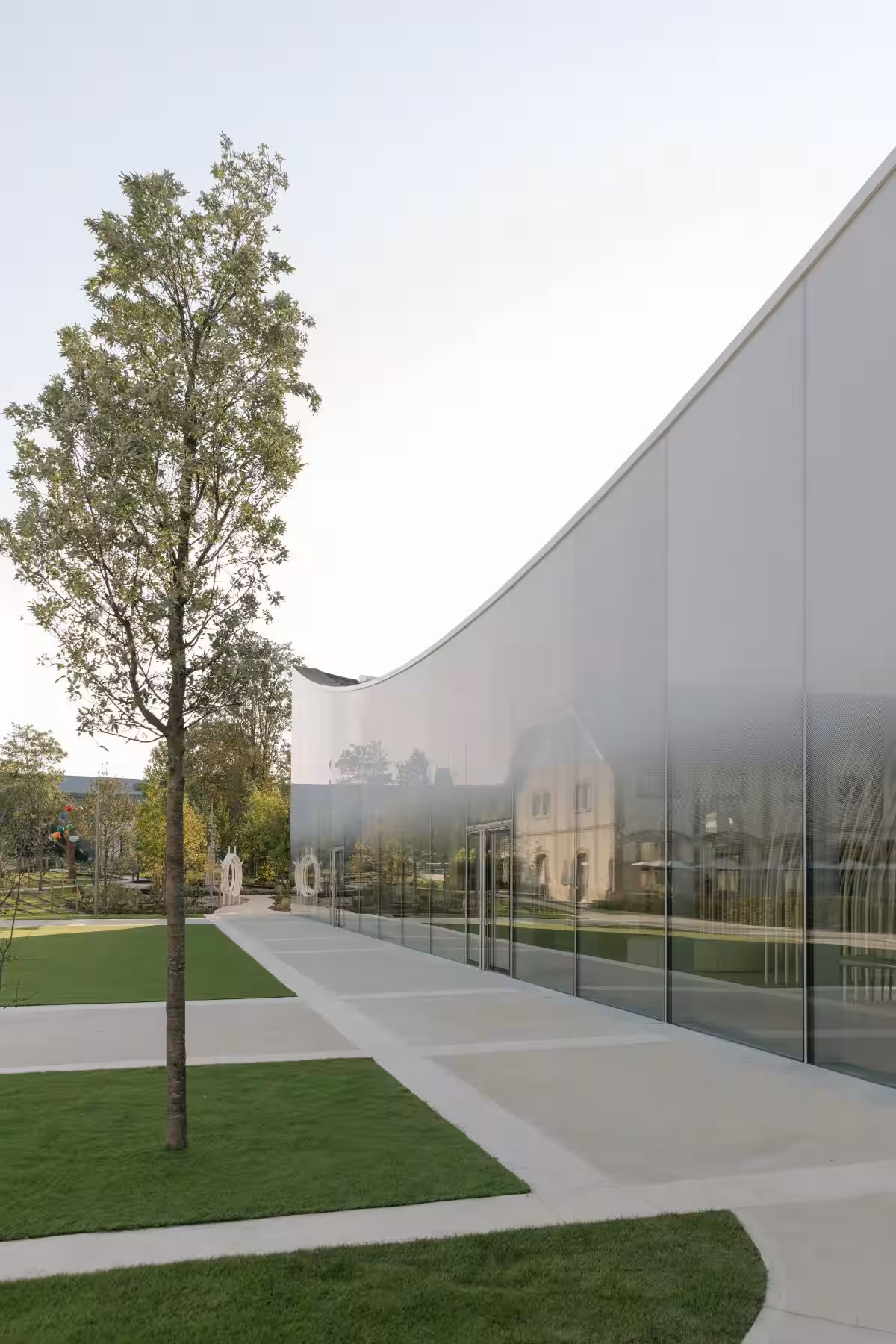
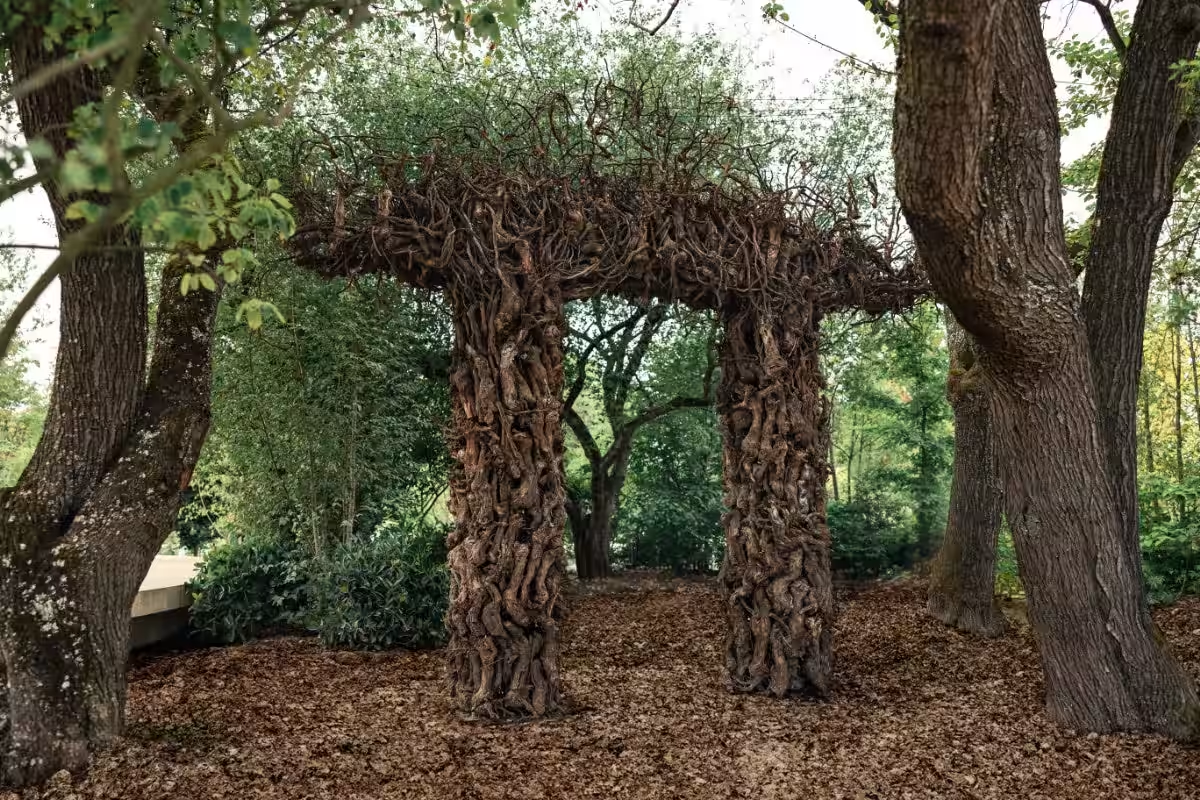
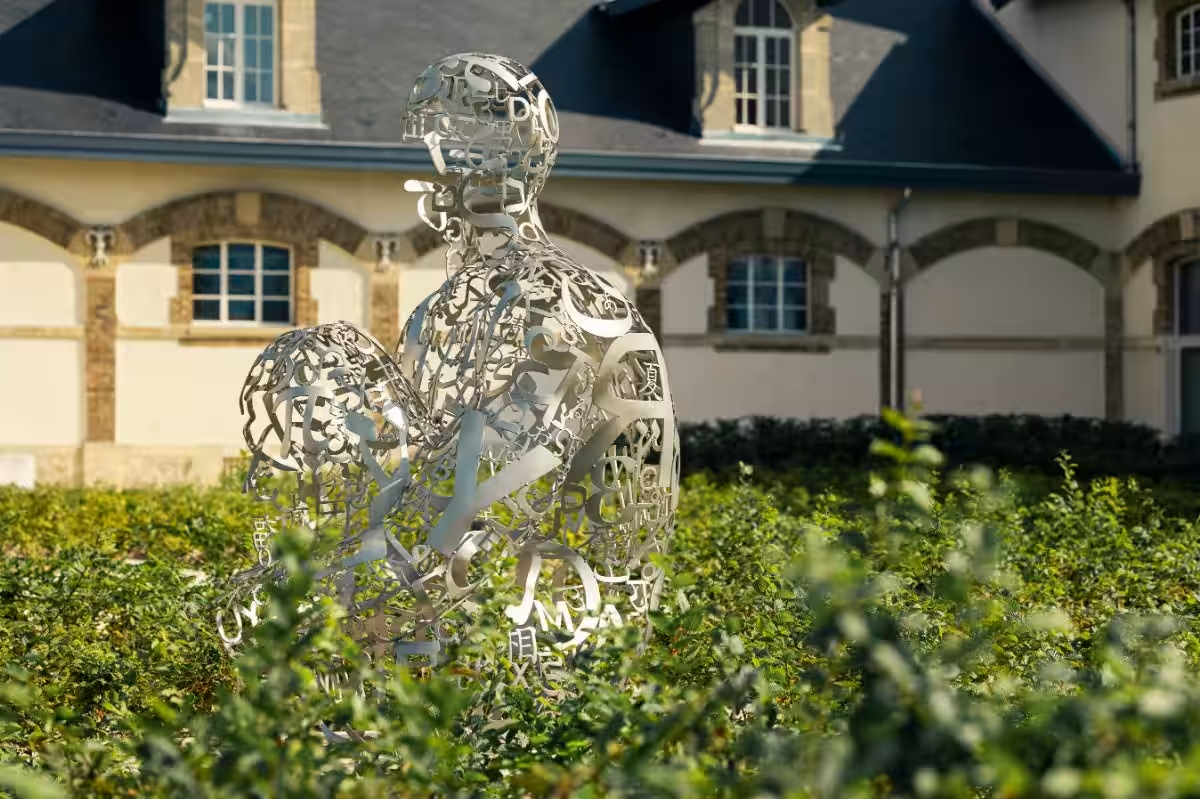
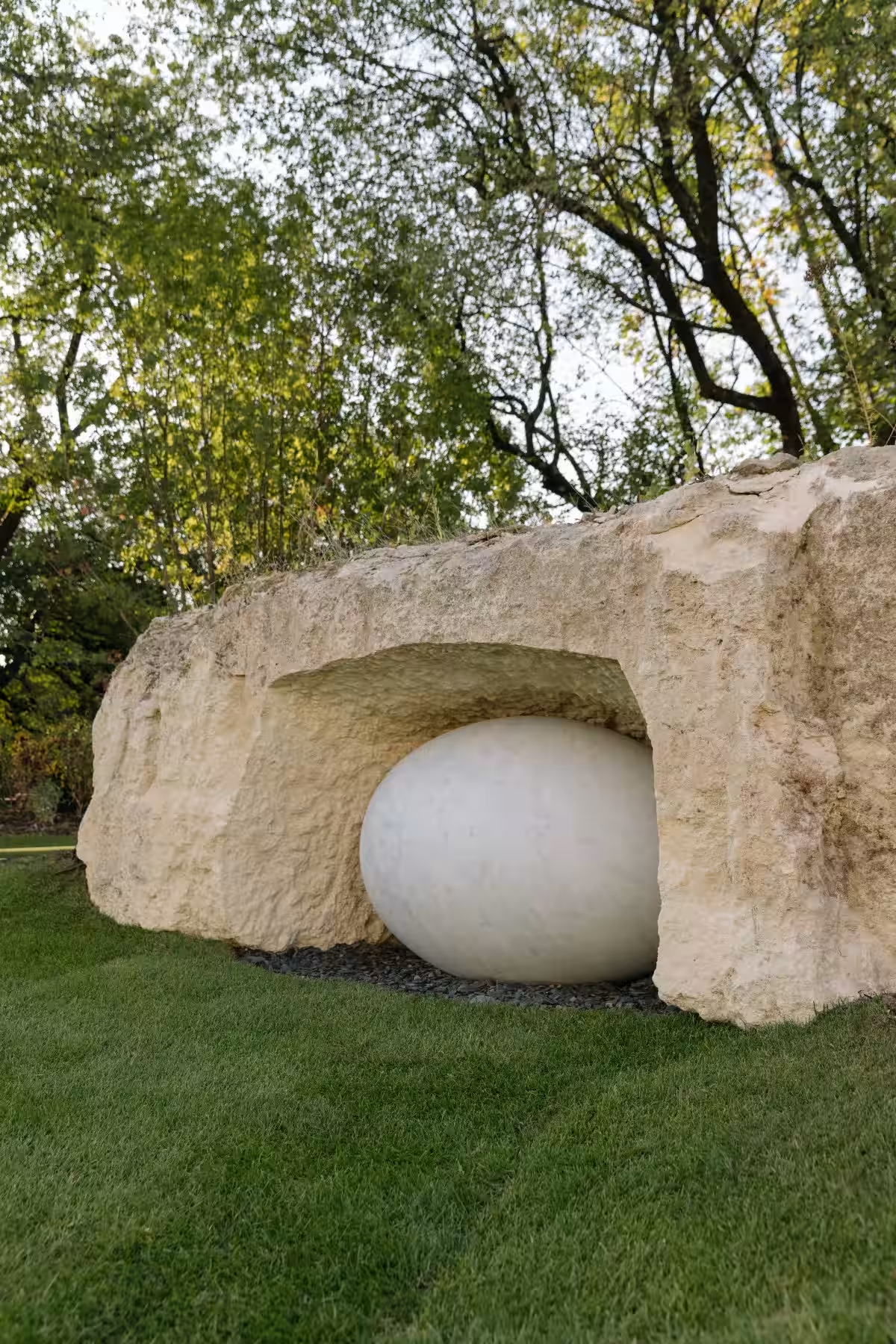
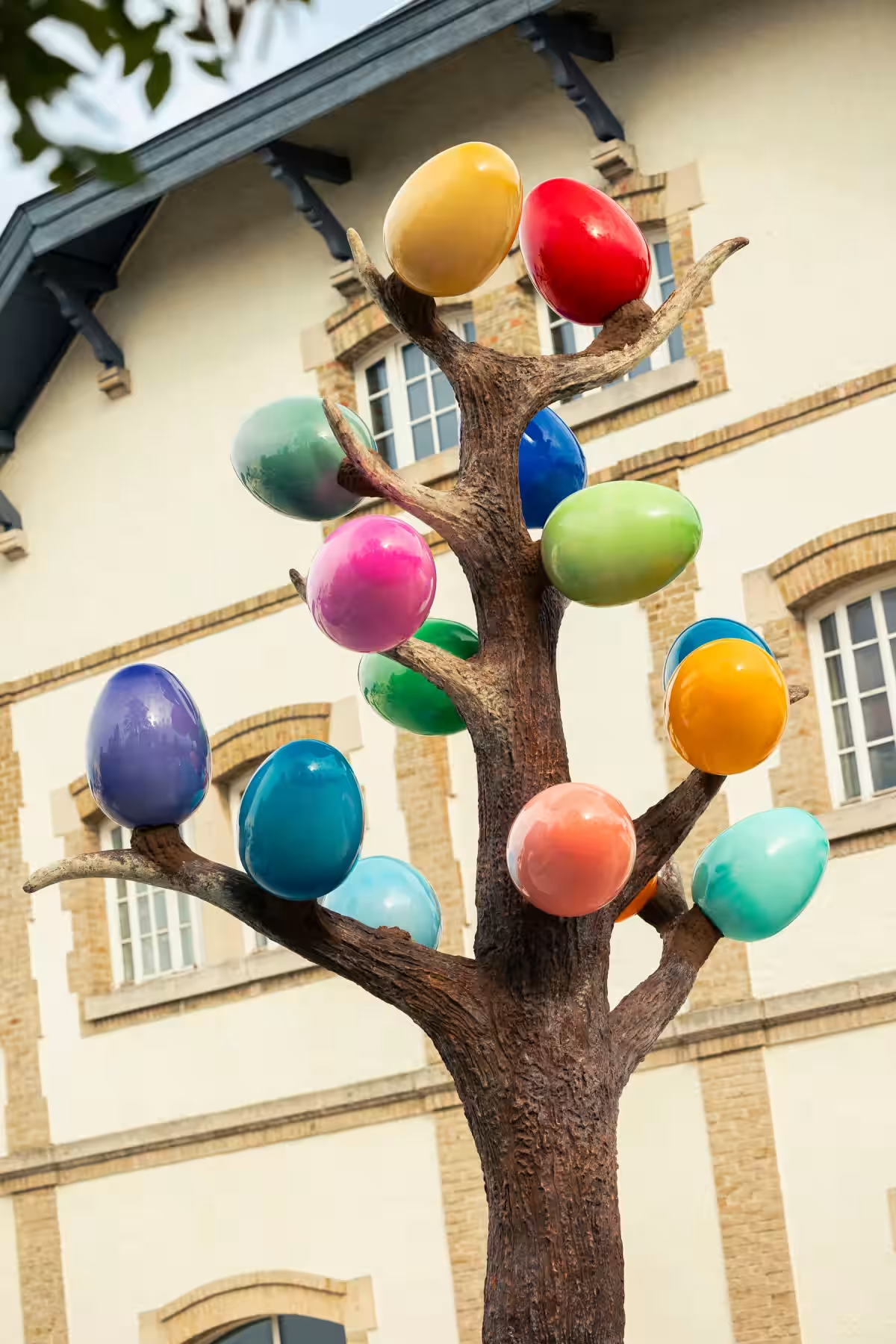
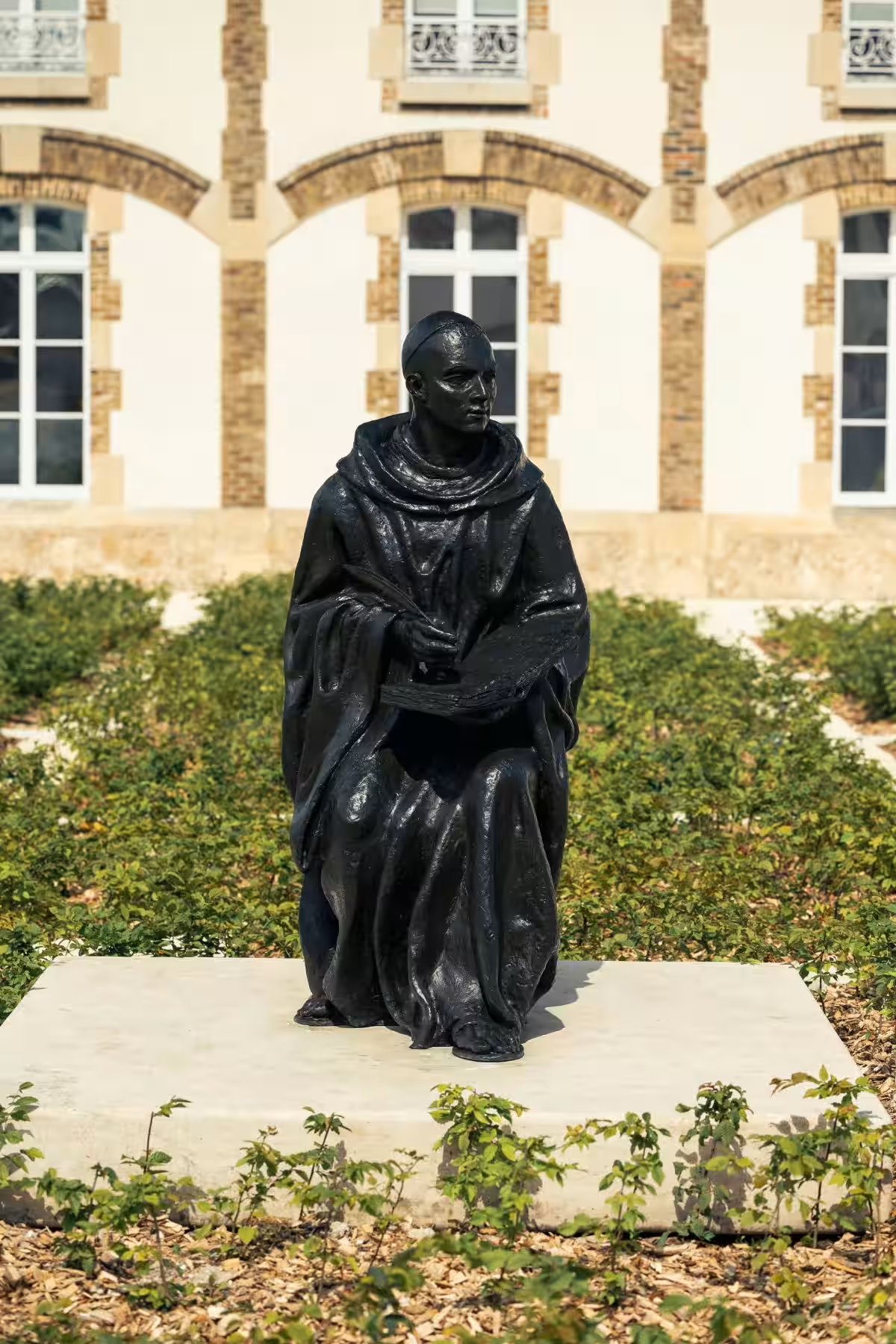
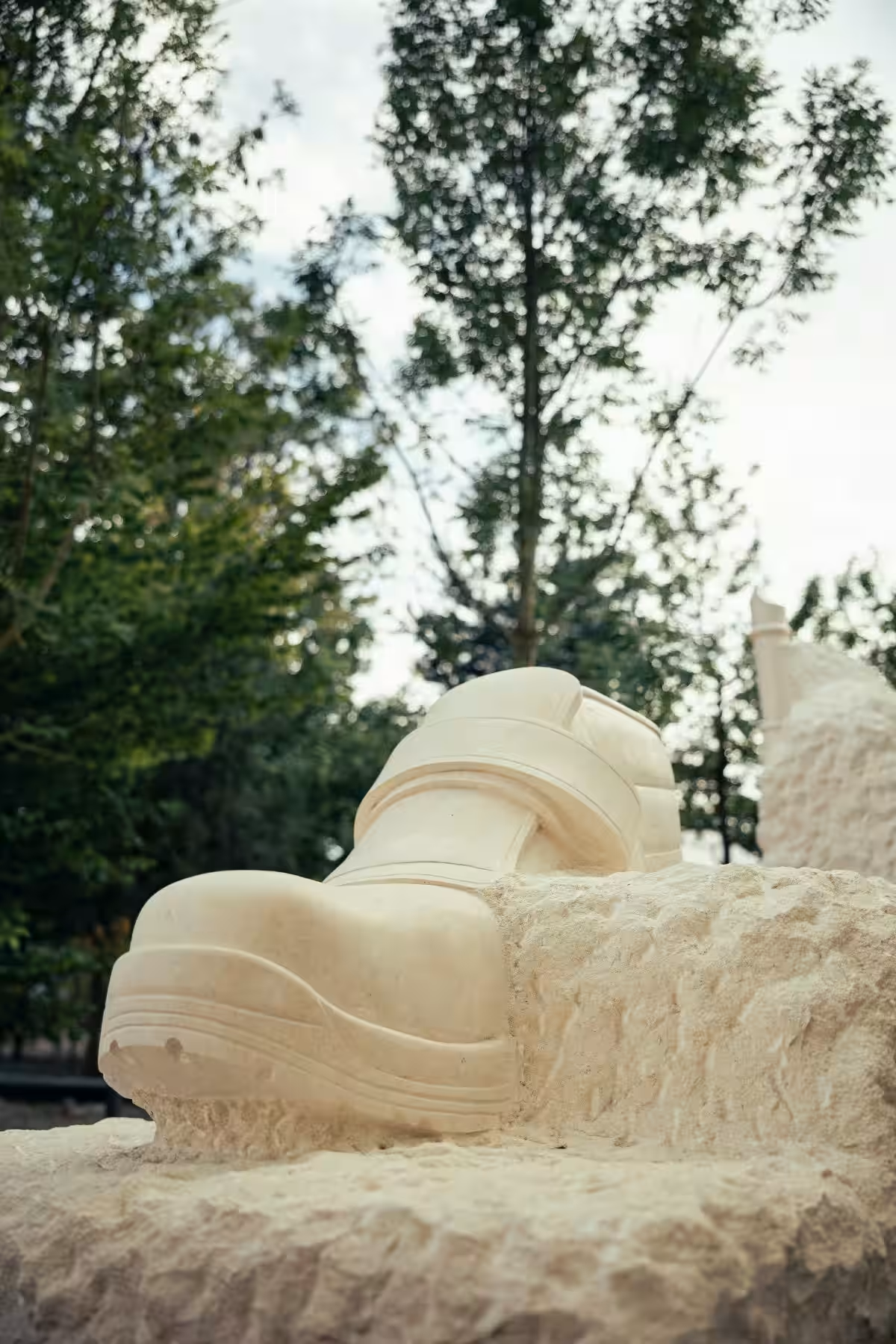
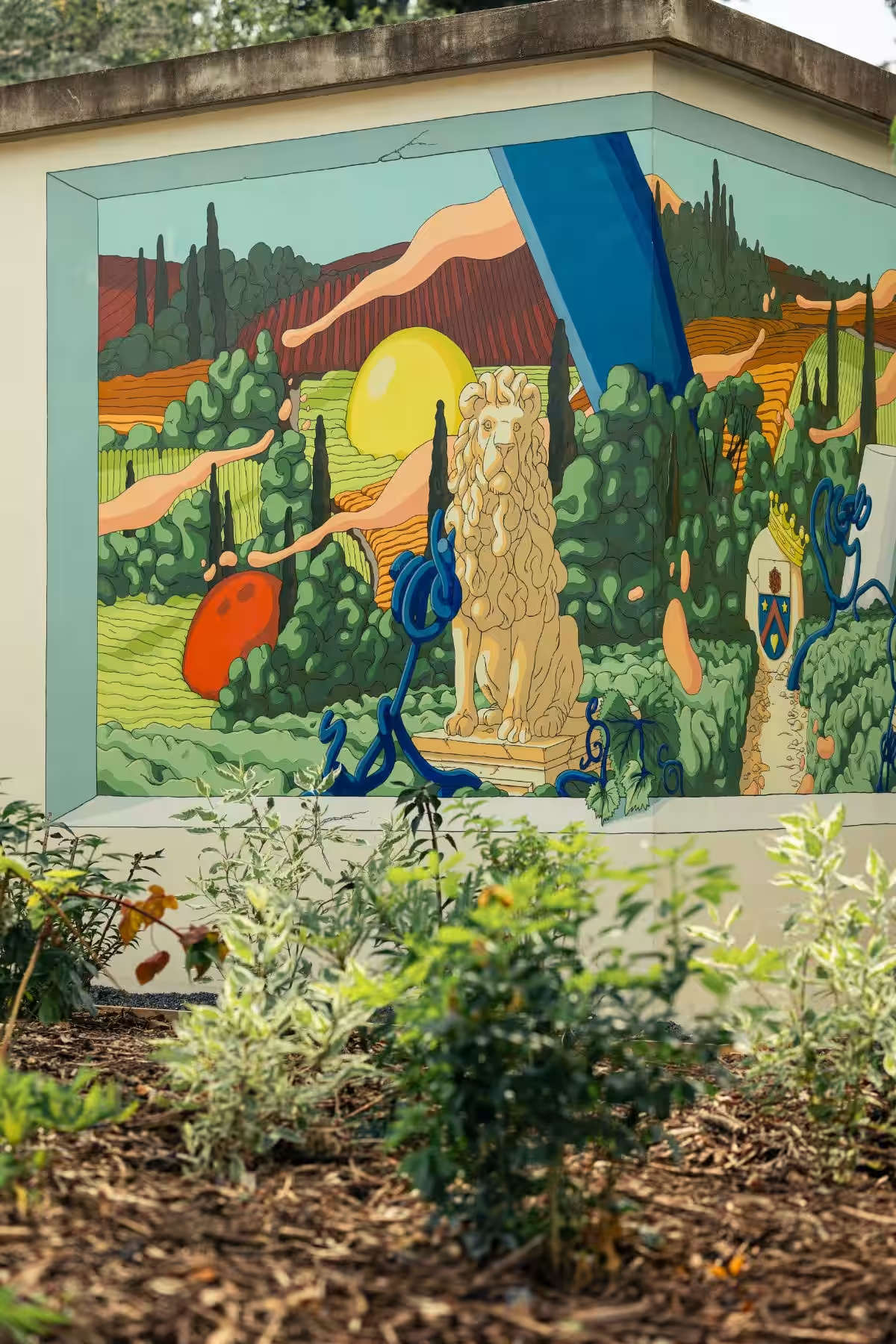
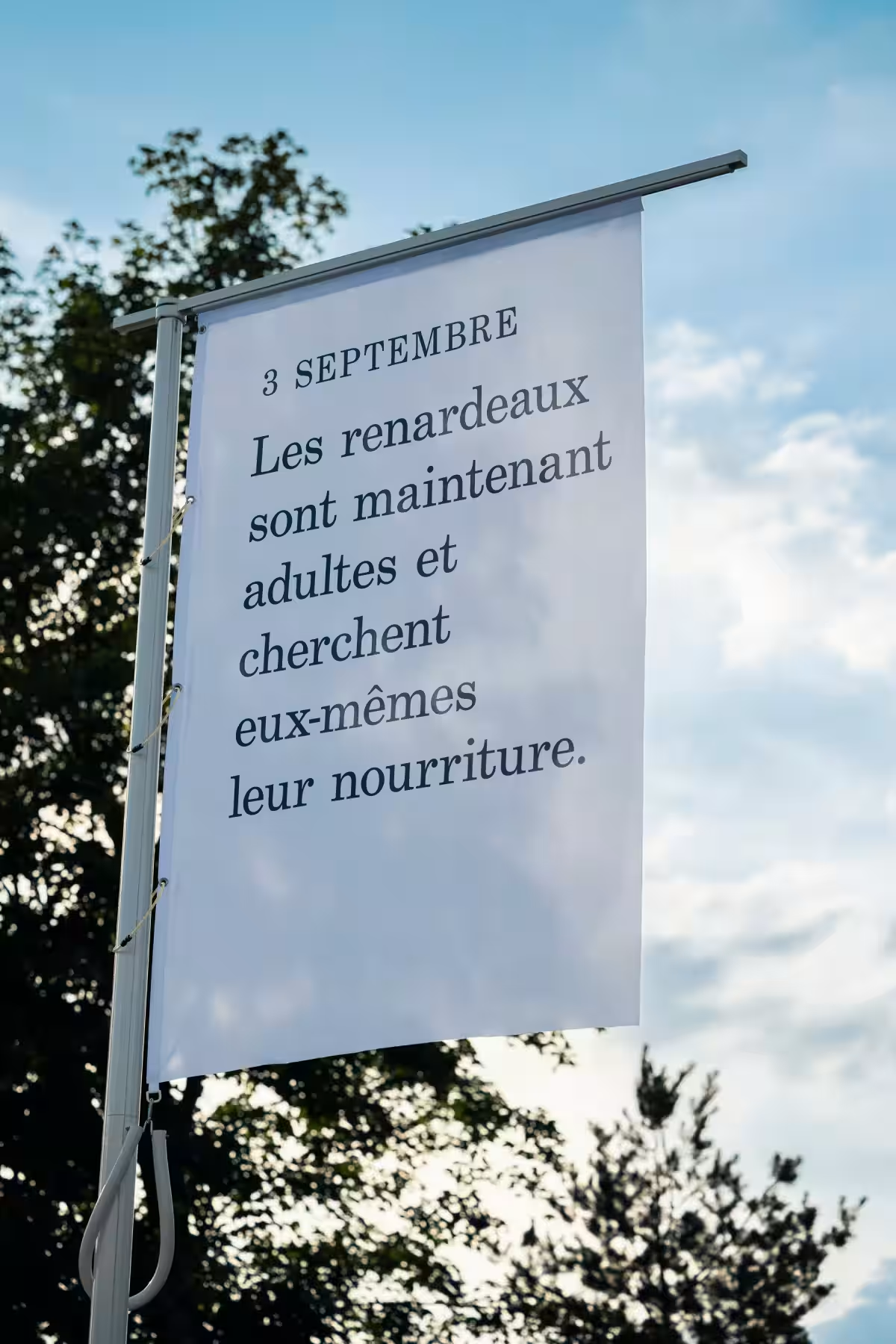
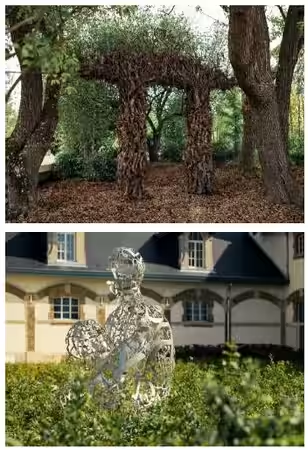
“I wanted to create a unique space that connects people from various cultural backgrounds within the 158 countries participating in the Osaka-Kansai Expo, allowing us to reflect on humanity's and the world's future. I envisioned a modern wooden structure, constructed with Japan's extraordinary tradition of wooden architecture, which has flourished for over a thousand years, combining this with cutting-edge technology and rich forest resources,” explained architect Sou Fujimoto.
The ‘Large Roof Ring’ will be the world's largest wooden structure, with a complete circumference of approximately 2,025 meters and a floor area of 61,035.55 square meters. Constructed using traditional Japanese joinery along with contemporary construction methods, this architectural marvel offers both a seamless transport space around the expo venue and a protected area for guests to relax while shielding them from inclement weather. Not only can visitors enjoy panoramic views of the entire expo from the rooftop, but they can also gaze out at the stunning scenery of the Seto Inland Sea, basking in hues of the sunset, as well as the urban landscape of Osaka.
Simultaneously, Ruinart, established approximately 300 years ago in Reims, has consistently been the epitome of creativity, craftsmanship, and cultural richness. In 2024, the opening of the new pavilion '4 Rue des Crayères' will stand as a testament to the house’s evolution, welcoming everyone with a design forged by the collaborative talents of Sou Fujimoto, interior designer Gwenael Nicolas, and landscape artist Christophe Gautrand.
“As the oldest Champagne house, we always look ahead to the future. '4 Rue des Crayères' embodies the spirit of Ruinart, fusing nature, culture, heritage, and savoir-faire into a harmonious space that coexists with tradition and modernity. We have made conscious efforts towards sustainability, incorporating solar energy, geothermal systems, and a water conservation system utilizing rainwater, all while ensuring that we use materials that are as natural as possible,” stated Frédéric Dufour, president of Maison Ruinart.
The pavilion is part of a project where the essence of harmony between the old and new, as well as Eastern and Western philosophies, were essential considerations. Over approximately three years of collaboration with Maison Ruinart, I was constantly reminded of the brand’s commitment to tradition while also embracing innovation. The human-centered approach, with deep respect for all involved, truly inspired me,” Sou Fujimoto added.
Reflecting on Ruinart's grounded history in the land of Reims, the house’s vineyards, hills, and cellars were listed as UNESCO World Heritage sites in 2015. Initially acquired by the Ruinart family in the 19th century, the estate has striking characteristics, such as underground galleries carved from chalk over three layers, which were historically employed for quarrying the chalk used in constructing surrounding city walls in the 13th century. The new pavilion, '4 Rue des Crayères', will encapsulate Reims' unique features, including the millennia-old chalk cellars and designated forests. With a wooden roof that champions the house's commitment to sustainability, the pavilion's walls and structure utilize natural and bio-based materials selected from local sources. Employing rainwater utilization, green roofs, and advanced insulation materials while exceeding France's HQE (High Quality Environmental) standards, the project is designed to be self-sustaining for 80% of its energy needs through geothermal energy and solar panels. Local artisans played significant roles in the opening of the new pavilion, showcasing their craft through various phases, with artisans such as skilled stonemason Léon Noël, distinguished with the title 'Entreprise du Patrimoine Vivant' (Living Heritage Company), making valuable contributions throughout the process.
The new pavilion straddles 7,000 square meters, which includes a 5,000-square-meter protected forest, designed in harmony with the natural landscape by landscape artist Christophe Gautrand. He sought to create a dialogue between the 19th-century façade and the contemporary pavilion, integrating both the chalky underground world and the gleaming limestone walls. The garden area surrounding the historical building is designed as a vast living room where people can congregate, featuring hedge designs that echo the gentle slopes of Champagne’s terrain. The plantings will change colors with the seasons, encapsulating the historical site's classical symmetry while layering the seasonal cycles. Amidst this magnificent environment, specially designed contemporary art pieces will be installed, utilizing a variety of native species such as majestic beech, young common hornbeam, maple, and pine, allowing for a rich plant life. Trees of various ages and sizes will adapt their form according to their growth, creating an interdependent ecosystem that can adjust to climate change. For the first time in the Champagne region, cork oak trees have been planted on the terrace, contributing to projects seeking biodiversity metrics as part of the 'BiodiverCity® Life' certification program aiming to restore environmental balance.
Throughout its history, Ruinart has fostered a unique relationship with the art world, deeply believing in art's transformative power for connection and self-discovery. The bond was established in 1896 when the then-lord André Ruinart commissioned the Czech artist Alphonse Mucha to create the first-ever Champagne brand poster. Since then, Ruinart’s contributions to the art world continue to be expressed through various collaborations and projects. Various works by international artists who share environmental values are scattered throughout the site, illustrating Ruinart’s vision towards art. Paths, courtyards, and gardens feature works commissioned by Ruinart that showcase the brand’s values and artistic visions, employing materials that reflect the diversity of the Champagne region's biodiversity, climate, and soil conditions.
About the Key Contributors
Sou Fujimoto is one of Japan's leading architects, born in 1971 in Hokkaido. After graduating from the University of Tokyo’s Faculty of Engineering, he established Sou Fujimoto Architects in 2000 and opened an office in Paris in 2016. His firm, staffing over 50 nationalities, specializes in architecture, urban planning, and innovation. Fujimoto has won many prestigious international awards through numerous competition victories, embodying the house's architectural vision and commitment to sustainable development.
Gwenael Nicolas established the multi-disciplinary studio CURIOSITY INC. in Tokyo in 1998. Embracing the idea of traveling through time rather than space, Nicolas focuses on offering thoughtful, functional, and creative solutions for diverse corporate clients, developing new materials, languages, and intricate designs for luxury brand interiors.
Christophe Gautrand, a qualified landscape architect since 2007, graduated from the École Nationale Supérieure de la Nature et du Paysage in Blois, France, and founded his firm in 2012. He aims to create dialogue between the plant world and the realms of art, design, and architecture. His extensive projects have made significant impacts across courtyards, gardens, hotel suites, terraces, office patios, and events.
About Ruinart: Founded in 1729 by textile merchant Nicolas Ruinart, Ruinart was officially registered as the very first Champagne house, proudly known as the


























Topics Other)










【About Using Articles】
You can freely use the title and article content by linking to the page where the article is posted.
※ Images cannot be used.
【About Links】
Links are free to use.